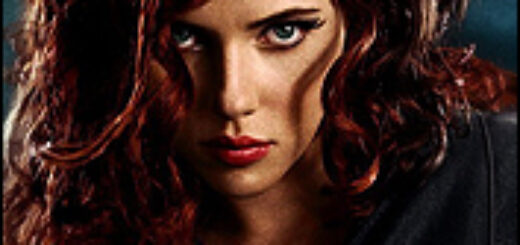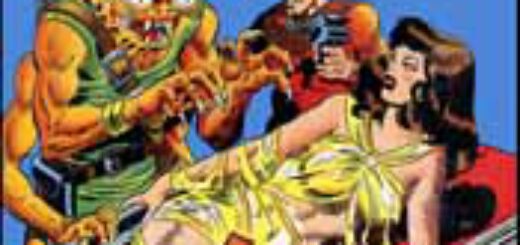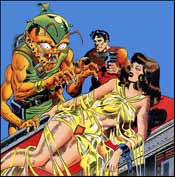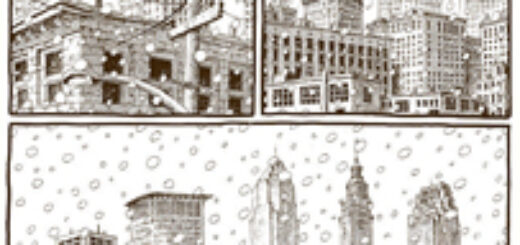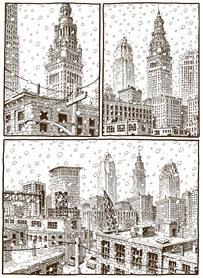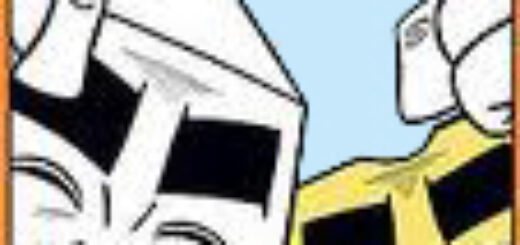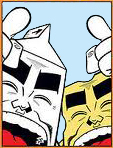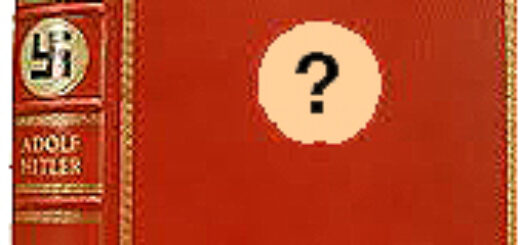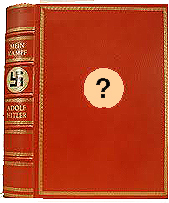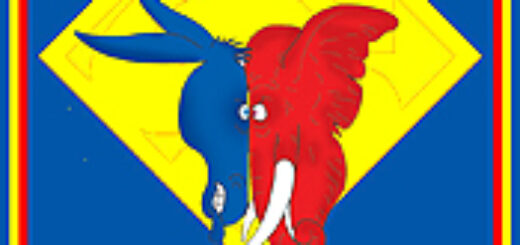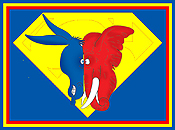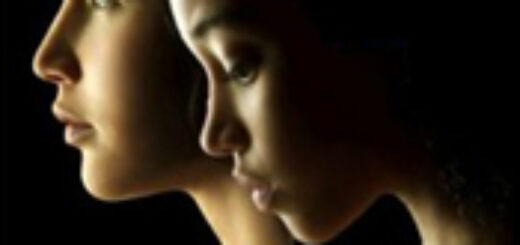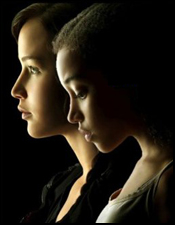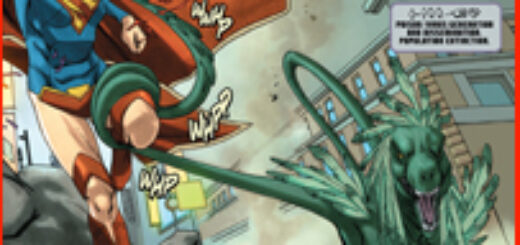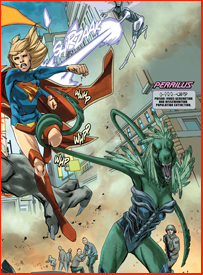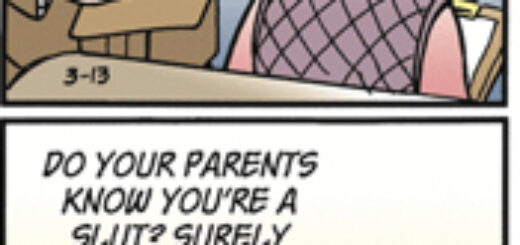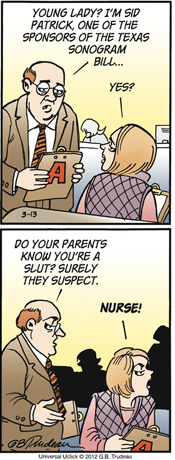Martha Thomases: Whedon and Women
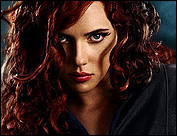 Summer’s here and the time is right for geeking in the street. In a triumph of nerd culture, The Avengers may be the most successful movie of all time. Certainly, with the second week box office results breaking all kinds of records, there is more going on here than people who read comic books going opening day. There aren’t enough people who read superhero comics to make a movie that successful.
Summer’s here and the time is right for geeking in the street. In a triumph of nerd culture, The Avengers may be the most successful movie of all time. Certainly, with the second week box office results breaking all kinds of records, there is more going on here than people who read comic books going opening day. There aren’t enough people who read superhero comics to make a movie that successful.
There are, however, enough shared values among comic book creators and movie creators to make a hit. In the case of The Avengers, a lot of the credit must go to Joss Whedon. Whedon earned his cred not only by writing awesome comics, but by producing Buffy the Vampire Slayer, Firefly, and Dollhouse.
Those shows had loyal fan bases (which didn’t overlap enough, or we’d still have the latter two on the air). They also shared a marvelous, matter-of-fact feminist sensibility.
The critical response? Not so much.
Most of the critical reviews single out Scarlett Johansson, saying she can’t act, or she’s only there to look pretty. One comment called her a female Keanu Reeves, which irked me for multiple reasons. I enjoy Keanu Reeves. I thought he was brilliant in My Own Private Idaho. And I really like Johansson in The Avengers. I believe she, like her character, has a brain in her head.
What I mostly enjoy about her character is the fact that her motivations are similar to those of her teammates. She wants to rescue her colleague, Hawkeye. Being on the team is part of her job, which she takes seriously.
The Black Widow is not on the team because she’s somebody’s girlfriend or sister. She’s not there to provide a love interest for a more important male character. She’s not there to be taken hostage by the bad guy (a role played, too some extent, by Hawkeye). She is not murdered and stuffed in a refrigerator. She doesn’t wear a costume that is more revealing than anyone else’s, or that defies the laws of physics to keep the film’s PG-13 rating. That’s reserved for the Hulk’s pants, which seem to grow when he does during the New York City battle.
Of course, she must be vilified.
In our popular culture, we’re very threatened by women who consider themselves to be just as able and just as interesting and just as important as men consider themselves to be. If women find meaning in their own lives, a huge market in cosmetics, plastic surgery, fashion and hair color dries up. If women think they can find meaning and value within themselves, they might only wear stiletto heels as a lark, and not proof of their femininity. They might have relationships with men they like, and not for status or validation.
The powers-that-be don’t enjoy that possibility. They’ve kept it out of almost all the other super-hero stories.
As fans and as feminists, we have an obligation to hold their feet to the fire when the inevitable sequels arrive. Joss can’t – and shouldn’t – have to do it alone.
SATURDAY: Marc Alan Fishman

